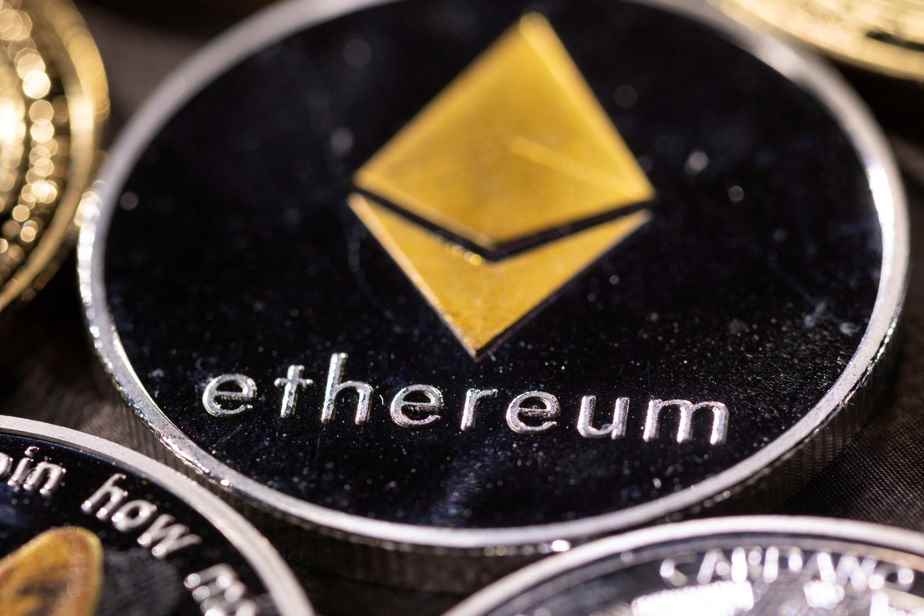For the second largest cryptocurrency in the world, Ethereum, the time for the “Merger” with a capital F has arrived. During the night of Wednesday to Thursday, a radical change in the management of transactions is expected, which would reduce its gargantuan electricity consumption by 99.5%. Four questions to understand this innovation, “the most important for cryptocurrencies in recent years”, according to an expert.
Posted yesterday at 4:39 p.m.
What is “Merger”?
Since 1er December 2020, the Ethereum community is preparing for a radical transformation. This new method for verifying the integrity of the ethereum ledger, known as a “blockchain”, was first tested in a parallel system, without touching the main network. During the night of Wednesday to Thursday, at a time defined by a complex calculation called “Total Terminal Difficulty”, this parallel and experimental system must be merged with the main network. “With the flagship chain, the community has built a new engine and a reinforced hull, explains one on Ethereum. org. When the time is right, the current ship will dock with this new system, merging into a single ship, ready to travel light years and take over the universe. »
Why is a change needed?
Like the bitcoin created in 2009, the ethereum born six years later is an electronic currency whose transactions are recorded in an increasingly large decentralized register, called “chain of blocks” or blockchain in English. Millions of computers owned by “minors” have the task of continually verifying the integrity of this ledger and its transactions. They are rewarded for this work by receiving bitcoins or ethers. This salary is called “proof of work”.

PHOTO ROBERT SKINNER, LA PRESSE ARCHIVES
Martin Lalonde, President and Portfolio Manager at Rivemont.
Since cryptocurrencies were designed to copy natural resources like gold, they are increasingly rare and difficult to mine. The result is that Ethereum mining now engulfs immense electricity resources, more than 112 TWh per year, half of Hydro-Québec’s production. Why is this activity so energy-intensive? “Thousands of computers fight to find the answer and the winner is rewarded,” explains Martin Lalonde, president and portfolio manager at Rivemont. There is a lot of energy spent for nothing, billions of duplications. »
What is the new method?
“We are cleaning up unnecessary efforts,” summarizes Mr. Lalonde. The millions of miners are replaced by far fewer “validators,” who must own at least 32 ethers, worth around $67,000, which are put on deposit. It is these validators who now ensure the integrity of the register with software. Conventional miners will no longer have work. From “proof of work”, we move on to what is called “proof of stake”, the French translation offered by Ethereum. org. The “proof of participation” formula, offered by certain French sites, has the advantage of being clearer.
The transformation, it is hoped, will reduce electricity consumption by 99.5%, which will only be demonstrated in use.
Isn’t it risky?
Touching a financial system where 120 million ethers are in circulation, for a total value of 252 billion, is obviously bold. It is assured that the current holders do not have to do anything to protect their assets, the contracts will remain registered in the blockchain and the transactions will continue to be carried out without notable change.
The first risks, point out many experts, concern fraudsters who could take advantage of the transition to scare cardholders and offer dishonest protection.
As for the transition itself, there is cautious optimism at Rivemont. “This is the most important innovation for cryptocurrencies in recent years,” says Martin Lalonde. It’s a breakthrough that will be spectacular if it works, disappointing if it doesn’t. We do not intend to change the composition of the Rivemont Crypto Fund, one third of which is made up of ethers. “We are comfortable with our long-term position. In finance, if there is no risk, there is no return. »

